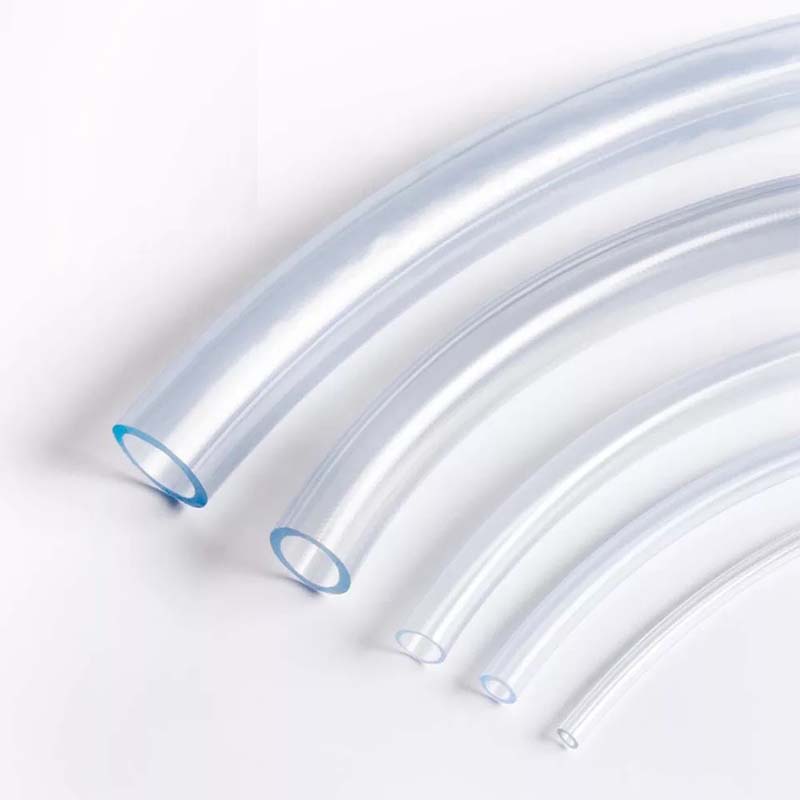Exploring the Benefits and Applications of Polyurethane Ducts in Modern Industry Systems
The Versatility and Benefits of Polyurethane Ducts
Polyurethane ducts have emerged as a revolutionary solution in various industries, offering remarkable flexibility and performance for air handling systems. Unlike traditional materials such as metal or rigid plastic, polyurethane (PU) ducts are designed to provide superior insulation, reduce noise levels, and enhance energy efficiency, making them increasingly popular in HVAC, industrial, and manufacturing applications.
One of the key benefits of polyurethane ducts is their impressive thermal insulation properties. Made from a closed-cell foam structure, these ducts effectively minimize heat loss and gain, ensuring that the air transported maintains its intended temperature. This characteristic is especially valuable in climate-sensitive environments, such as cold storage facilities or manufacturing plants that require precise temperature control. By using polyurethane ducts, companies can achieve significant energy savings, leading to a reduced carbon footprint and lower operational costs.
In addition to their insulation benefits, polyurethane ducts are remarkably lightweight, making them easy to install and handle compared to their metal counterparts. This lightweight nature not only facilitates faster installation times but also reduces the structural demands on buildings and support systems. The flexibility of polyurethane allows for easier manipulation and routing around obstacles, meaning that complex installations can be executed with greater ease and efficiency.
Noise reduction is another advantage of polyurethane ducts. The construction of PU materials naturally dampens sound and minimizes vibration, contributing to a quieter working environment. This is particularly beneficial in settings such as hospitals, schools, and offices, where excessive noise levels can hinder productivity and comfort. Utilizing polyurethane ducts can create a more pleasant atmosphere for both employees and clients.
polyurethane duct

Durability is a hallmark of polyurethane ducts. They are resistant to moisture, chemicals, and corrosion, which allows them to withstand harsh environments without significant degradation over time. This durability reduces the need for frequent replacements and extensive maintenance, translating into long-term cost savings for businesses. As industry standards evolve and environmental regulations become more stringent, the resilience of polyurethane ducts positions them as a viable long-term investment.
Furthermore, polyurethane ducts are environmentally friendly. The production process often involves using recycled materials, and their long lifespan contributes to lower waste compared to traditional duct materials. As companies increasingly seek sustainable solutions, adopting polyurethane ducts aligns with corporate responsibility initiatives and helps meet green building certifications.
Despite their many advantages, it is essential for potential users to consider the specific requirements of their application. Proper installation and maintenance are crucial to maximizing the performance of polyethylene ducts. Engaging with experienced professionals who understand the nuances of PU materials can ensure that the ducts are installed correctly, enhancing their longevity and performance.
In conclusion, polyurethane ducts offer a range of benefits that make them an ideal choice for various applications demanding efficiency, thermal control, and noise reduction. Their lightweight, durable, and eco-friendly characteristics position them as a modern solution in the evolution of ductwork systems. As businesses continue to pursue innovative pathways for improving their operations and sustainability efforts, polyurethane ducts will undoubtedly play a pivotal role in shaping the future of air handling systems across multiple sectors.
-
Top Quality Oxy Acetylene Hoses for Sale Fit for Welding DemandsNewsJul.28,2025
-
The Future of Pneumatic Air Tubes in IndustryNewsJul.28,2025
-
Superior and Reliable LPG Hose Pipe Solutions for Every NeedNewsJul.28,2025
-
Exceptionally Durable and Versatile Premium Braided PVC TubingNewsJul.28,2025
-
Best Adapters for Connecting Garden Hose to PVC Pipe ConnectionsNewsJul.28,2025
-
The Essential Role of LPG Hoses in Safe and Efficient Gas DistributionNewsJul.16,2025














